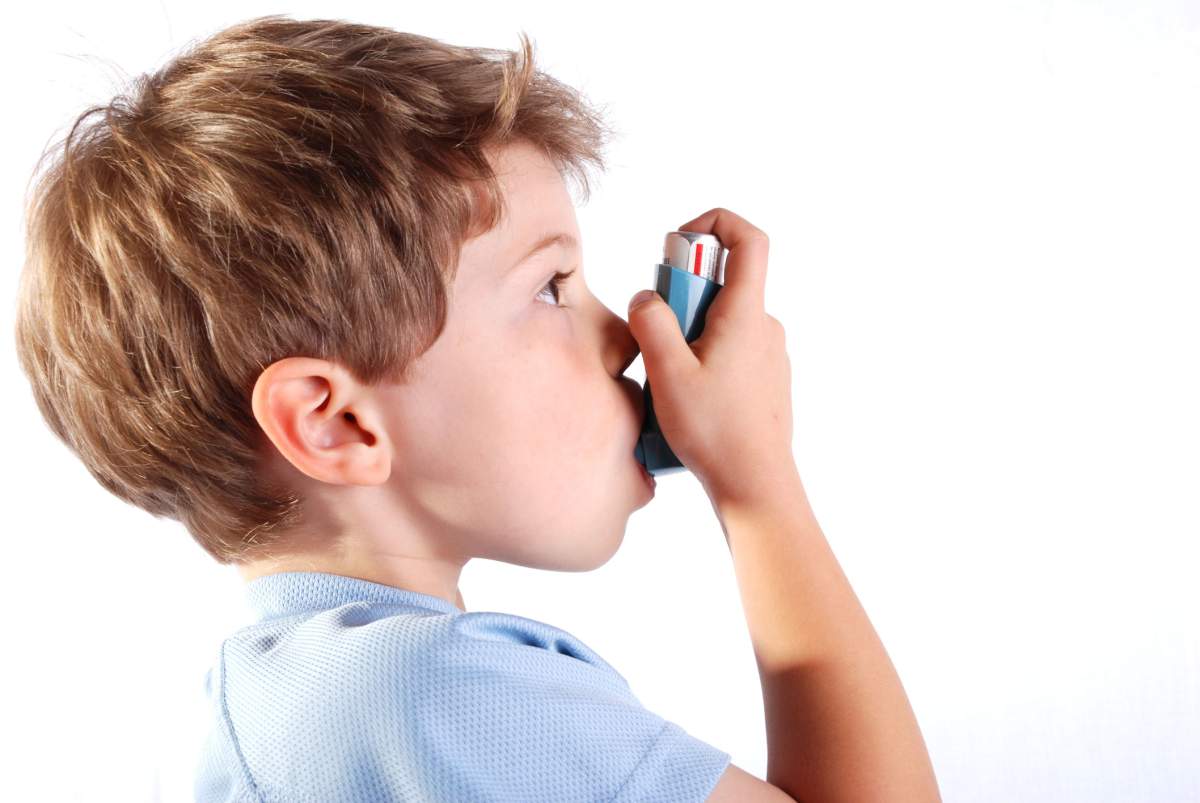September is an exciting time for kids. Going back to school means new adventures, the promise of new friendships and the anticipation of new challenges. But for kids with asthma, it also ushers in a season of peak danger.

According to Asthma Canada, approximately 20 to 25 per cent of children’s hospital admissions for asthma happen in the first three weeks of September, especially spiking in the third week known as the September asthma peak.
WATCH BELOW: Many people diagnosed with asthma might not actually have it

“Although this doesn’t just happen to kids, they are more vulnerable because they’re going back to school and when they’re in the classroom, they’re exposed to viral infections, which are a significant trigger,” says Vanessa Foran, president and CEO of Asthma Canada.
“More than 60 per cent of kids who are admitted to the hospital are also suffering from the common cold, which can lead to fairly dangerous symptoms.”

Get weekly health news
The classroom is especially rife with triggers, including dust mites, mould and animal dander (from class pets like hamsters). September is also when weed pollen tends to peak, which is known to set off asthma attacks.
Why now?
Foran says this is a combination of factors. Sometimes doctors will advise that kids take a break from their asthma medication in the summer months because they’re less likely to have an attack then. But if they forget or neglect to go back on that medication come back-to-school season, they’re at increased risk.
It’s especially important to put kids back on their asthma medication as soon as possible since it builds up over time, helping to protect the airways.
What can parents do?
Foran says with good control, 90 per cent of asthma-related hospital visits can be prevented.
READ MORE: Why people with asthma should always wear a scarf during winter
“Parents of kids with asthma should talk to their doctor about establishing an asthma action plan. They can share this plan with school officials and teachers, and should speak to their child about asthma triggers and why it’s important to recognize them.”
An asthma action plan is individually created for each patient and is proven to help manage a child’s asthma.
Another thing Foran stresses is to allow children to carry their own medications and know how to use their puffer.
“Ryan’s Law came into effect in 2015 and it allows all children with asthma to carry their medication with them instead of having it locked up in a desk,” she says.
The law is named after Ryan Gibbons, a southwestern Ontario boy who died in 2012 from an asthma attack he was experiencing at school and that he wasn’t able to treat due to the fact that his medication was under lock.
“It’s important that parents are aware of their children’s rights when it comes to carrying potentially life-saving medication.”
READ MORE: Kids who eat fish and nuts every day cut their risk of asthma, study finds
She says that Asthma Canada is also currently partnering with epilepsy, lung, diabetes and anaphylaxis associations to work on a policy for Ontario school boards that will allow children with prevalent medical conditions to have equipment and medication always on hand to prevent a medical emergency.
“We want to prevent other laws from being enacted in the name of a deceased child.”








Comments